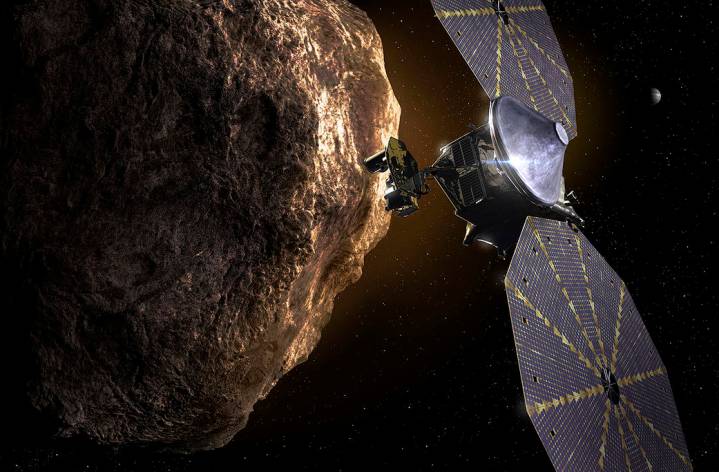This week's lunar eclipse was not only observed from the ground and from the International Space Station, but also from a distance of 100 million kilometers away. Lucy, which is an uncrewed craft from NASA and the Southwest Research Institute, got a view of the lunar eclipse on May 15 and was able to snap images over a period of three hours.
The images were taken using a high-resolution black and white camera. 86 images were combined to create a time-lapse.
Even though Lucy is far away from Earth, the instrument was sensitive enough to be able to see the moon as it passed into the Earth's shadow and was hidden in darkness for a short time.
It isn't that often that you get a chance to observe total lunar eclipses from a new angle.

Lucy was in the vicinity of Earth because it was going to perform a flyby of the Earth in October 2022. By passing close to the Earth the spaceship can get a boost to help it get to its destination. During its journey, the team can use its instruments like its four cameras to observe phenomena like the lunar eclipse, but this requires some creative scheduling as this isn't what these instruments are primarily designed for.
The team effort that captured these images was amazing. The instrument, guidance, navigation, and science operations teams had to work together to get the Earth and the Moon in the same frame.